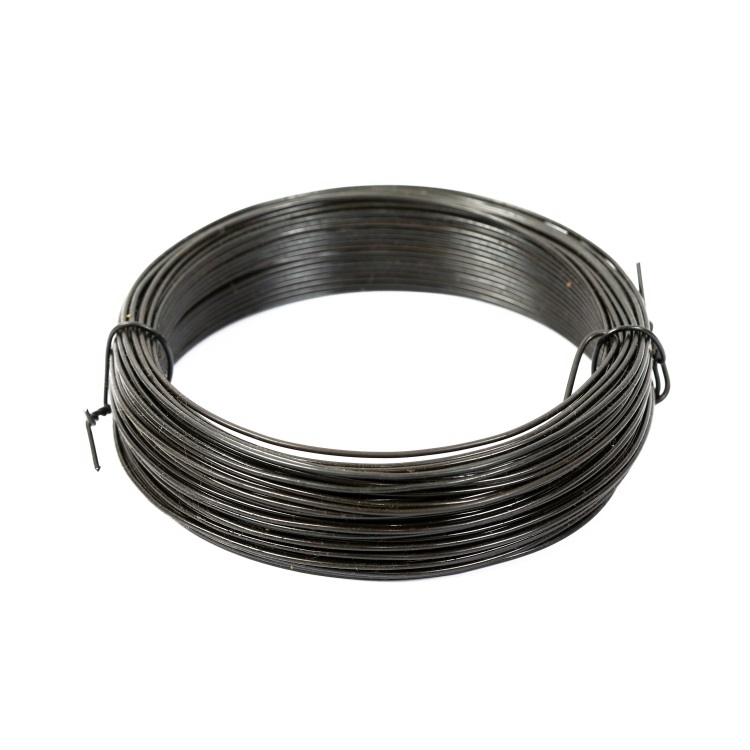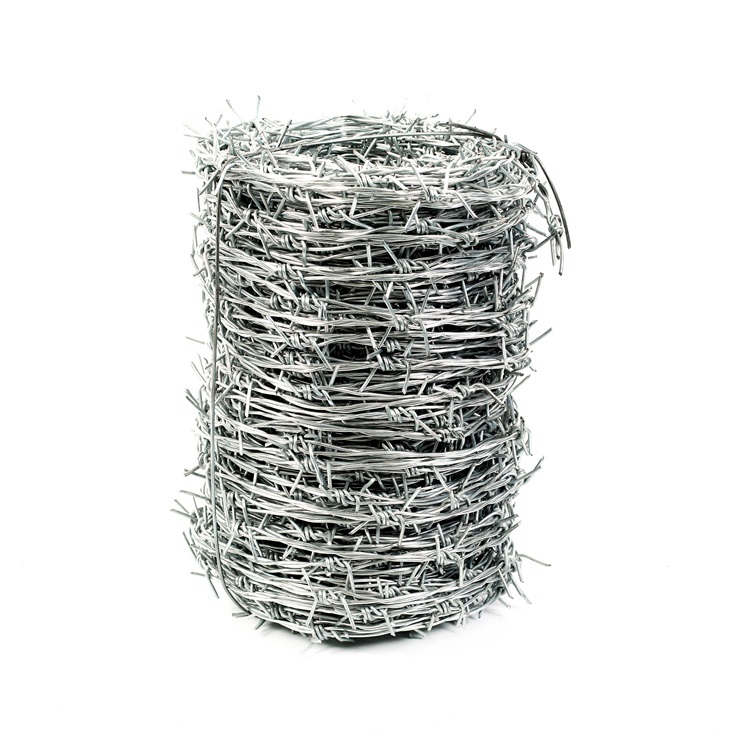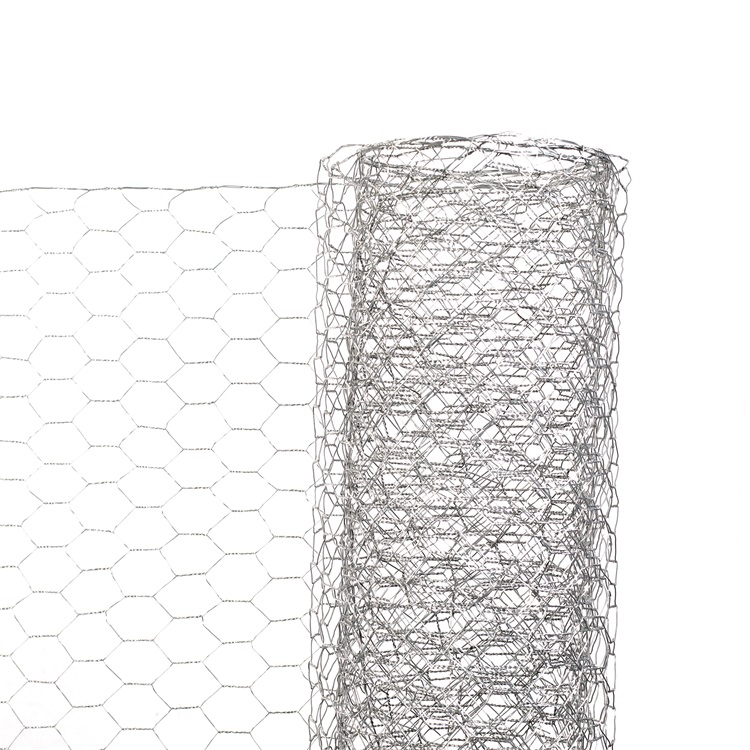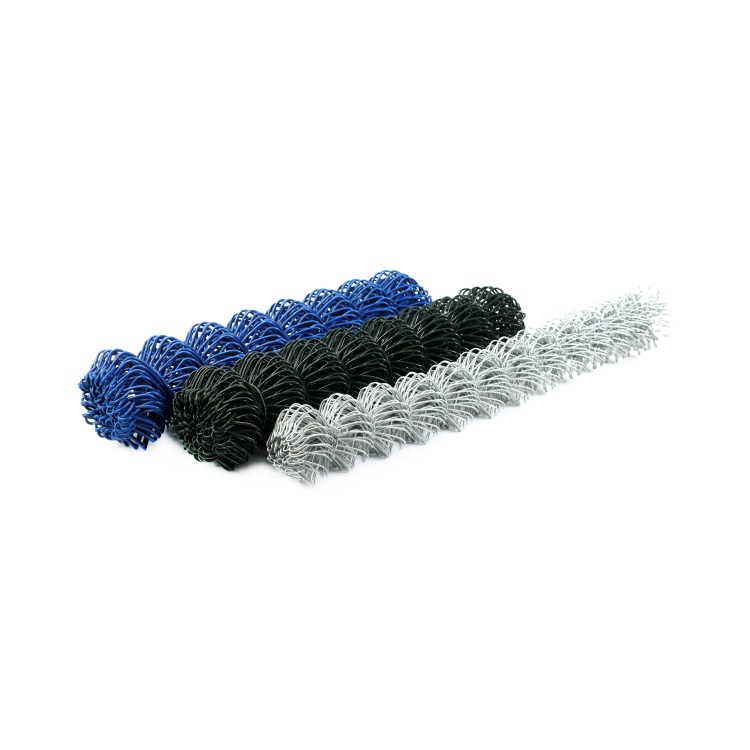Discount 16 d Common Nails – Bulk, Rust-Resistant Value
Discount 16 D Common Nails: a practical buyer’s guide from the jobsite
If you’re shopping Discount 16 D Common Nails for framing, decks, or pallet lines, here’s the blunt truth: not all 16d nails behave the same once they meet real lumber. Coating thickness, base steel, and shank geometry quietly decide whether your structure squeaks in six months or stays tight for years. I’ve toured plants in Hebei and the Midwest—surprisingly, the best “budget” nails these days borrow their consistency from high-grade galvanized wire drawing lines.
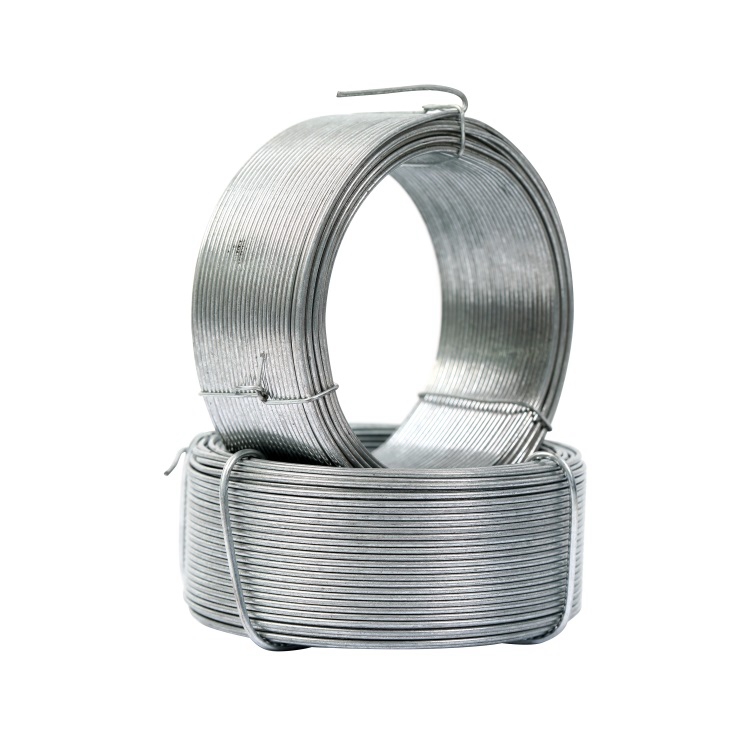
What exactly is a 16d common nail?
It’s the workhorse fastener for structural framing: typically 3.5 in long, ≈0.162 in shank diameter, flat head, diamond point. Most crews want smooth shank for speed; ring-shank for treated lumber or high-withdrawal demands. Coatings matter: electro-galv for indoor, hot-dip for exterior, and stainless near salt air. Sounds basic—but, actually, coating thickness and wire chemistry are where value and failure part ways.
| Spec | Typical 16d Common Nail | Notes (real-world may vary) |
|---|---|---|
| Length | 3.5 in (≈89 mm) | ASTM F1667 sizing |
| Shank diameter | 0.162 in (≈4.11 mm) | Common nail profile |
| Coating options | Electro-galv ≈5–12 µm; Hot-dip ≈45–85 µm | ISO 1461/ASTM A153 guidance |
| Material | Low-carbon steel (e.g., SAE 1018–1022) | Drawn from galvanized wire per ASTM A641 |
| Head/point | Flat head / diamond point | Framing & sheathing standard |
| Use cases | Framing, decking, pallets, crates | Check local code/NDS values |
How quality nails are made (short version)
Materials: Premium galvanized steel wire—electro or hot-dip—drawn to tight diameter tolerances. Methods: cold-heading the head, shank forming (smooth or ring), point cutting, then cleaning and post-finish. Honest note: the most consistent nails I’ve tested started with high-spec wire made in Hebei, China, then formed to ASTM F1667 dimensional tolerances.
Testing standards and QA: zinc coating verified per ASTM A153 (hot-dip) or A641 (galv wire), salt-spray per ASTM B117; mechanical checks for bend angle, head pull-through, and driveability; design values referenced against AWC NDS tables for wood connections. Service life: interior dry ≈20–30 years; exterior with hot-dip ≈15–25 years; marine/coastal—go stainless if you can.

Where Discount 16 D Common Nails shine
- Residential framing and sheathing (SPF, SYP)
- Deck ledgers and joists—hot-dip or stainless preferred
- Pallet and crate shops pushing 100k+ nails/day
- Temporary works: bracing, formwork, site fencing
Advantages many contractors mention: predictable drive, fewer jams, and—when the coating is legit—far less red rust. In fact, one Midwest builder told me electro-galv nails saved money indoors, while hot-dip outside “paid for itself by the second winter.”
Real test snapshots
Coating thickness (HDG) average: ≈62 µm (n=10, magnetic gauge). Salt-spray (ASTM B117): 480 h, no red rust, minor white corrosion only. Driveability: >98% pass in SYP 2x stock (sample line test). Yes, lab numbers aren’t everything—but they track what crews report on-site.
Vendor comparison (street-level view)
| Vendor | Coating/Options | MOQ & Lead Time | Certs | Typical Price |
|---|---|---|---|---|
| Hebei factory line (wire-drawn origin) | Electro-galv, HDG, ring or smooth | ≈5–15 days; palletized | ISO 9001; ASTM F1667/A153 conformance | Lowest in bulk |
| Big-box retail | Electro-galv; some HDG | Same day | Factory declarations | Highest (convenience) |
| Specialty fastener house | HDG, 304/316 stainless | 2–7 days | Mill certs; test reports | Premium |
Customization and packaging
Options include ring-shank for treated lumber, longer shanks (3¼–3½ in), heavier hot-dip for coastal jobs, and collated variants for nail guns. Packaging: 1 kg boxes to 25 kg cartons; OEM labels are common.

Quick case notes
- Coastal deck crew, Florida: switched to HDG 16d; callbacks dropped to near zero after hurricane season.
- Pallet plant, Jiangsu: wire-source upgrade cut bend/drive rejects by ≈1.8%, saving labor time.
- Custom home builder, Oregon: mixed smooth for framing, ring-shank for stairs—fewer squeaks, happier clients.
Bottom line: pick Discount 16 D Common Nails with the coating and shank that match your environment and code path. To be honest, the cheapest box isn’t cheap if it rusts early.
Authoritative citations
- ASTM F1667 – Standard Specification for Driven Fasteners: Nails, Spikes, and Staples.
- ASTM A153/A153M – Standard Specification for Zinc Coating (Hot-Dip) on Iron and Steel Hardware.
- ASTM A641/A641M – Standard Specification for Zinc-Coated (Galvanized) Carbon Steel Wire.
- ISO 1461 – Hot dip galvanized coatings on fabricated iron and steel articles—specifications and test methods.
- AWC NDS – National Design Specification for Wood Construction (nail connection design values).
-
Discount 16 d Common Nails - Bulk, Durable, Fast Shipping
NewsNov.17,2025
-
Finish Nails - Durable, Rust-Resistant, Clean Countersink
NewsNov.17,2025
-
Barbed Wire: Galvanized, High-Tensile Security Fencing
NewsNov.17,2025
-
Discount 16 d Common Nails – Bulk, Durable, OEM Options
NewsNov.17,2025
-
Welded Steel Tube Temporary Fence – Galvanized, Durable
NewsNov.04,2025
-
Barbed Wire – High-Tensile, Galvanized, Bulk & Fast Shipping
NewsNov.04,2025









